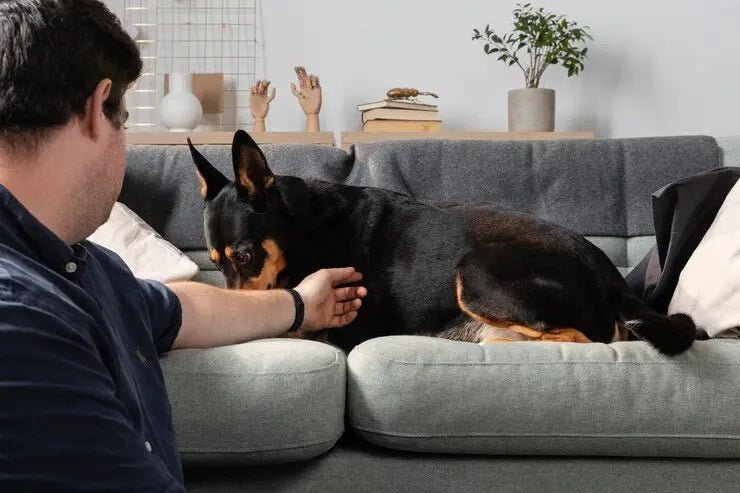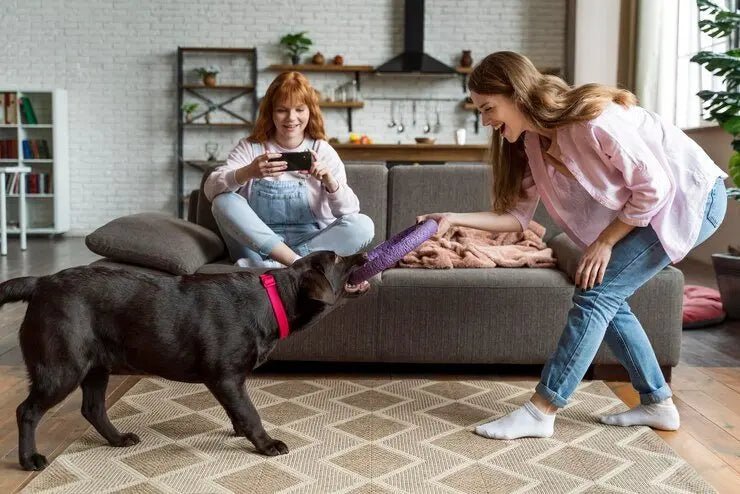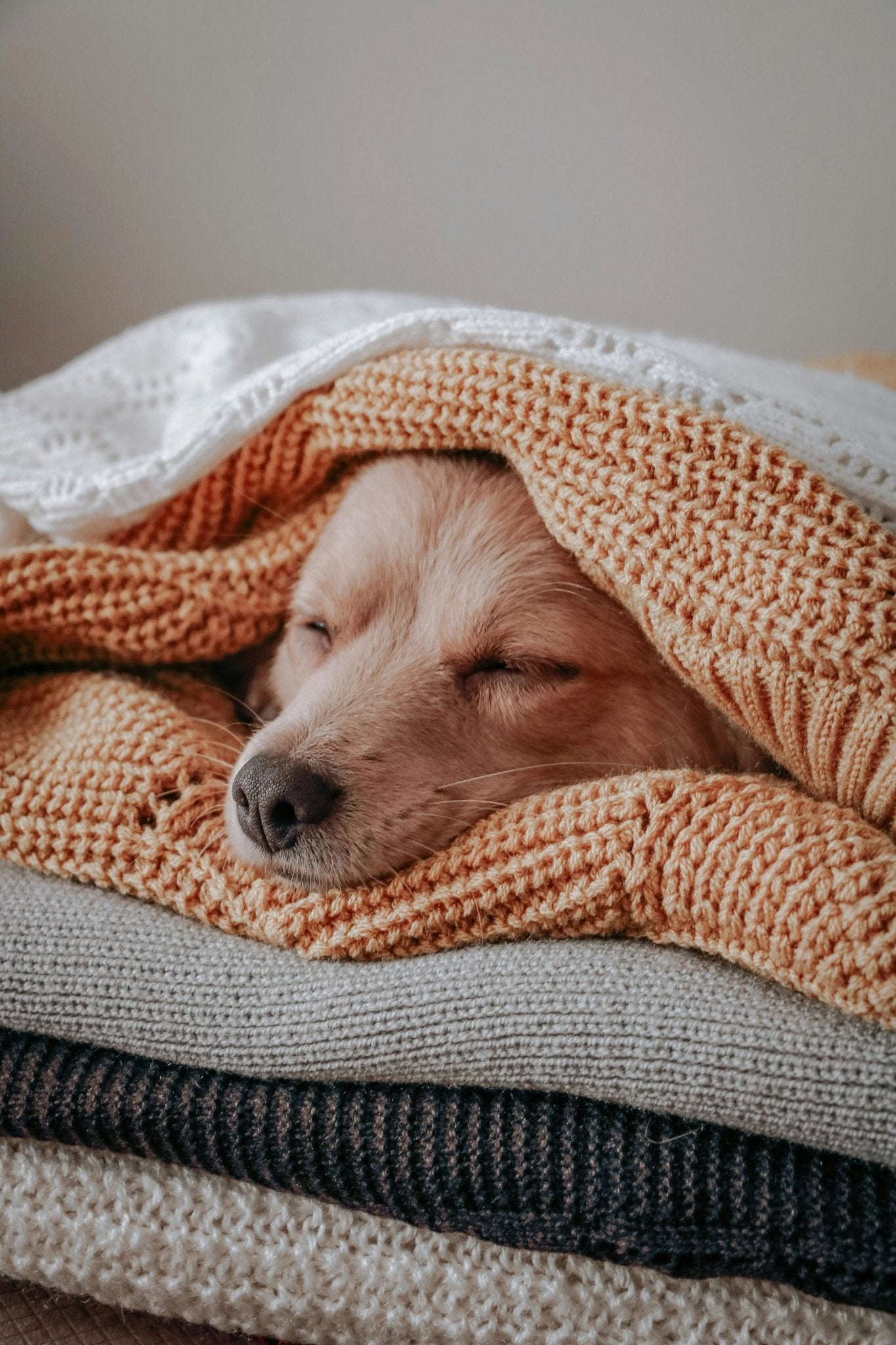
How to Deal
How to Deal with Pet Anxiety and Stress?
Pets bring so much joy into our lives, but what happens when our furry friends are not their usual happy selves? Pet anxiety and stress are more common than you might think, and they can significantly impact your pet's well-being. Understanding and addressing these issues is crucial for a happy, healthy pet. Let's dive into how to deal with pet anxiety and stress effectively.

Understanding Pet Anxiety and Stress
What is Pet Anxiety?
Pet anxiety is a condition where your pet experiences intense feelings of fear or nervousness. This can be triggered by various factors, from changes in their environment to new experiences.
Check out Shaggy Chic to learn more about pets!
Common Causes of Anxiety in Pets
Several factors can contribute to pet anxiety:
- Loud noises: Thunderstorms, fireworks, and even vacuum cleaners can scare pets.
- Separation: Being left alone for long periods can cause separation anxiety.
- New environments: Moving to a new home or unfamiliar surroundings.
- Social interactions: Meeting new people or other animals.
Signs and Symptoms of Pet Stress
Recognizing the signs of stress in pets is vital. These can include:
- Excessive barking or meowing
- Destructive behavior
- Aggression
- Changes in appetite
- Withdrawal and hiding

Summer is Here! Get the best Summer Deals for your pets online at best price in USA.
Types of Pet Anxiety
1. Separation Anxiety
One of the most common types is where pets become anxious when left alone.
2. Noise Anxiety
Triggered by loud noises like thunderstorms or fireworks.
3. Travel Anxiety
Stress-related to car rides or plane trips.
4. Social Anxiety
Nervousness around new people or other animals.
The Impact of Anxiety on Pets
Physical Health Implications
- Chronic anxiety can lead to health issues such as gastrointestinal problems, skin conditions, and weakened immune systems.
Behavioral Changes
- Anxiety can cause significant changes in behavior, including aggression, excessive barking, or destructive actions.
Identifying the Triggers
Environmental Factors
- Changes in the home environment, like new furniture or a new baby, can be stressors.
Changes in Routine
- Pets thrive on routine, and changes can be unsettling.
Lack of Socialization
- Pets that aren’t regularly socialized may develop anxiety.

Preventive Measures for Pet Anxiety
Early Socialization
- Introducing pets to various experiences and environments early on can help reduce anxiety later.
Consistent Routine
- Maintaining a regular schedule for feeding, walks, and playtime provides a sense of security.
Safe Space for Pets
- Creating a designated safe area where pets can retreat can help them feel secure.
Home Remedies for Pet Stress
Calming Music
- Playing soft, soothing music can help relax anxious pets.
Aromatherapy
- Certain scents like lavender can have a calming effect on pets.
Comfort Items
- Favorite toys or a piece of clothing with your scent can provide comfort.
Professional Help and Treatments
When to See a Veterinarian
- If anxiety is severe or persistent, it’s time to consult a vet.
Medications for Pet Anxiety
- In some cases, medication may be necessary to manage anxiety.
Behavioral Therapy
- Working with a professional can help address the root causes of anxiety.

Training Techniques to Reduce Anxiety
Positive Reinforcement
- Rewarding calm behavior can reinforce a sense of security.
Desensitization and Counter-Conditioning
- Gradually exposing pets to their anxiety triggers in a controlled way can help them become desensitized.
Crate Training
- A crate can provide a safe, secure environment if introduced correctly.
The Role of Diet in Managing Stress
Nutritional Supplements
- Supplements like omega-3 fatty acids can help reduce anxiety.
Stress-Reducing Foods
- Certain foods formulated to reduce stress can be beneficial.
The Importance of Exercise
Physical Activity for Anxiety Relief
- Regular exercise helps reduce anxiety by releasing pent-up energy.
Interactive Play
- Engaging toys and activities can keep pets mentally stimulated.
Creating a Calm Environment
Pet-Friendly Spaces
- Designating areas of your home that are calm and free of stressors.
Reducing Noise Pollution
- Minimizing loud noises or using white noise machines can help.
The Power of Human Interaction
Bonding Time
- Spending quality time with your pet strengthens your bond and reduces anxiety.
The Therapeutic Touch
- Gentle petting and massage can be incredibly calming.
Innovative Products to Help with Pet Anxiety
Anxiety Wraps and Thundershirts
- These products apply gentle pressure to soothe anxiety.
Interactive Toys
- Toys that engage pets can distract and reduce anxiety.





